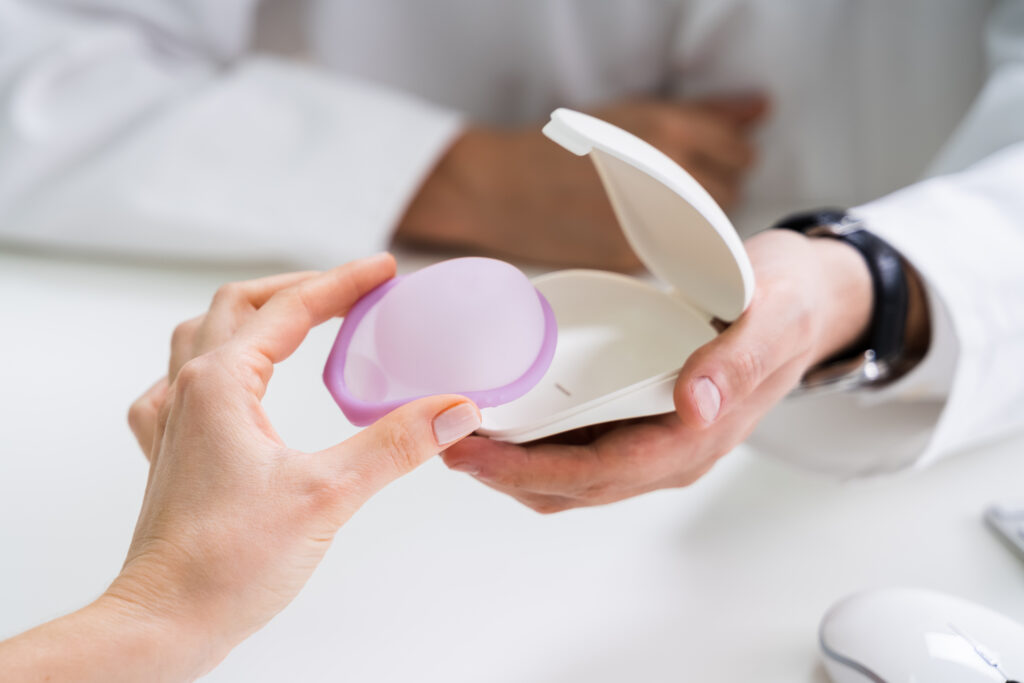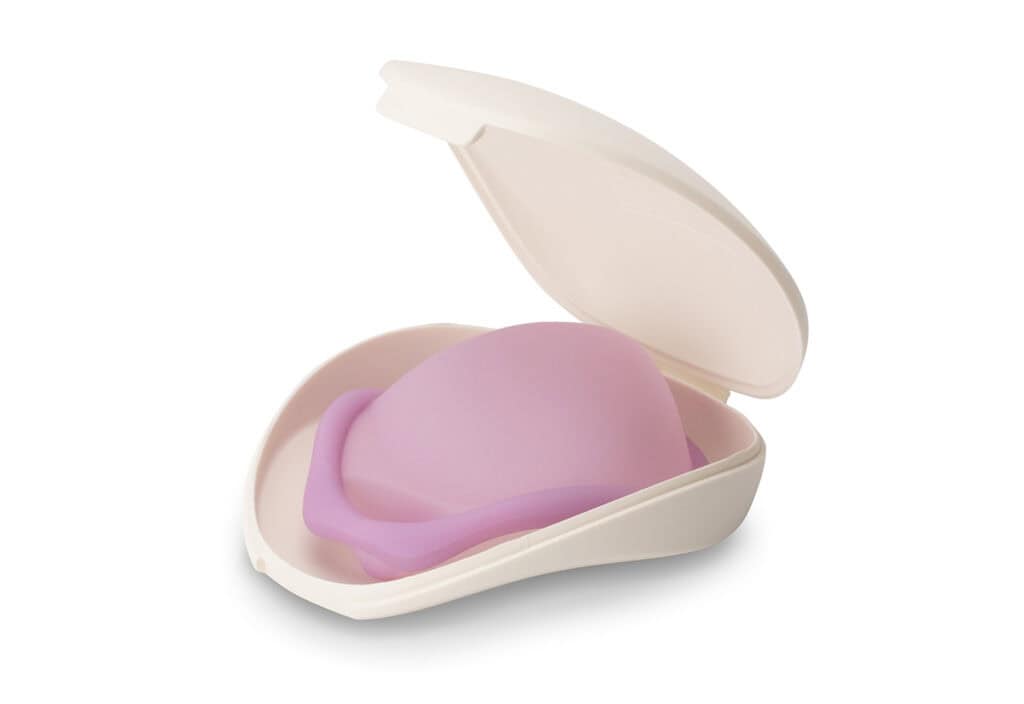
Thinking about switching to a hormone-free birth control? You’re not alone. More women are exploring their non-hormonal options in 2025, whether they’re sensitive to hormones, breastfeeding, or simply prefer a more natural approach to birth control. Let’s explore your options—from modern innovations to tried-and-true methods.
Why Choose non Hormonal Birth Control?
Common reasons for choosing non-hormonal birth control include:
- Medical conditions that make hormonal options risky
- Breastfeeding and wanting to maintain milk supply
- History of negative reactions to hormonal methods
- Desire to maintain natural hormone cycles
- Environmental or personal preferences
- Training for athletic competitions [Internal link to our blog “Three Reasons Women Choose Hormone-Free Birth Control”]
Your Hormone-Free Options in 2025
Barrier Methods: Modern Protection without Hormones
Diaphragms
The modern diaphragm has come a long way from your mother’s or grandmother’s era. Today’s contoured diaphragms like Caya® are designed with women’s comfort in mind:
- One size fits most women
- Made from body-safe silicone
- Lasts up to 2 years
- Can be inserted hours before intimacy (even before swimming)
- Easy to clean and learn to use
Cervical Caps
Similar to diaphragms but smaller:
- Need to be fitted by a healthcare provider
- Must be replaced yearly
- Can stay in place longer than diaphragms
Condoms
Available in both male and female versions:
- No prescription needed
- Also protect against STIs
- Can be combined with other methods
- Various materials available for those with latex sensitivities
Non-Hormonal IUD: Long-Term Option
The copper IUD offers:
- Up to 10 years of protection
- No hormones
- Can be removed anytime
- Immediate return to fertility
Natural Family Planning Methods
Modern technology has revolutionized traditional tracking methods:
- Fertility awareness apps
- Basal body temperature monitoring
- Cervical mucus tracking
- Digital ovulation predictors
Effectiveness Comparison
When used correctly, here’s how these methods compare:
| Birth Control Method | Effectiveness |
| Copper IUD | 99%+ |
| Diaphragm with spermicide | 94% |
| Condoms | 98% (with perfect use) |
| Natural Family Planning | 75-88% |

Choosing Non-hormonal Contraception That’s Right for You
Consider these factors when selecting a hormone-free method:
Lifestyle Factors
- How often you need protection
- Comfort with insertion/removal
- Partner involvement preference
- Travel frequency
- Privacy needs
Health Considerations
- Medical history
- Allergies or sensitivities
- Menstrual flow concerns
- Pregnancy plans
Convenience Factors
- Maintenance required
- Cost over time [Internal link to February cost comparison blog]
- Access to healthcare
- Need for prescriptions
The Benefits of Modern Barrier Methods

Today’s barrier methods offer unique advantages:
Woman-Controlled
- Use only when needed
- No daily regimen
- Private and discrete
Body-Friendly
- No systemic effects
- No interference with medications
- Safe while breastfeeding
- Natural hormone cycles maintained
Cost-Effective
- Reusable options
- No ongoing prescriptions
- Minimal maintenance costs
Making the Switch to Hormone-Free
Ready to explore hormone-free options? Here’s how to get started:
- Discuss options with your healthcare provider
- Consider trying a modern barrier method like Caya
- Track your cycles using fertility awareness apps like these
- Have backup methods available while transitioning
Next Steps
Want to learn more about hormone-free birth control?
- Schedule a telehealth consultation
- Talk to your healthcare provider
- Explore our learning resources and FAQ
Remember: The best birth control method is the one that fits your lifestyle, health needs, and personal preferences. Discuss any changes in birth control with your healthcare provider. For more information learn about the Caya difference or follow us on Instagram!


